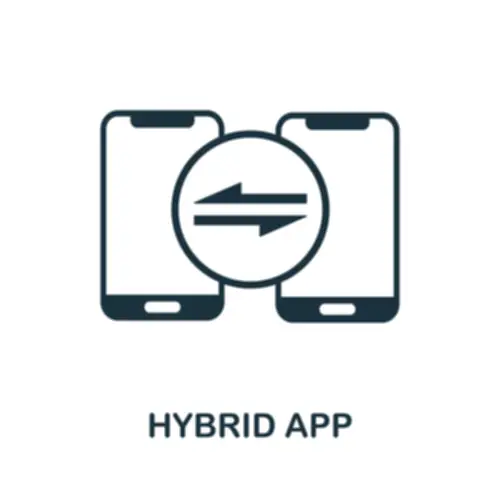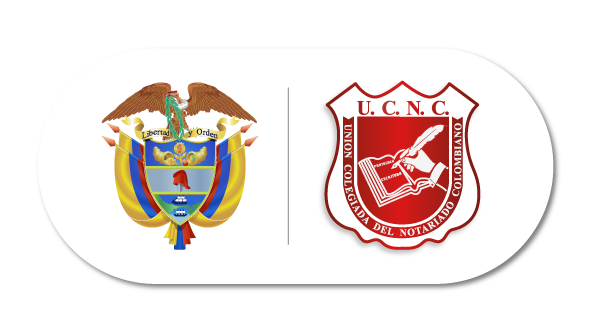For example, you may use FDD’s feature-centric approach for planning and mix it with Scrum’s sprint cycles for execution. While feature-driven improvement provides many advantages, it’s essential to focus on its potential challenges in your software program development. Heatmaps and screen recording are different tools that can shed light on how customers interact with features. They will clearly show you if specific options that you simply implemented are being used as designed, and if clients feature driven development are staying on the pleased path. The FDD project starts with a high-level walkthrough of the scope of the system and its context. Next, detailed area models are created for every modelling area by small teams and offered for peer evaluation.

5 Levels Of Feature-driven Improvement

Scrum emphasizes collaboration and adaptability, whereas FDD emphasizes planning and structured growth. This phase is crucial as a outcome of https://www.globalcloudteam.com/ it units the stage for all subsequent growth activities. By growing a clear and shared imaginative and prescient of the system’s architecture, the group can keep away from misunderstandings and ensure everyone appears to be on the identical web page. The whole mannequin serves as a blueprint that guides the development course of, guaranteeing the project stays aligned with the enterprise objectives. Feature-Driven Development is an iterative software improvement framework that is fitted to delivering additionally complex large-scale projects. FDD could be very customer-centered and focuses on delivering functionality.
How Do You Resolve If Fdd Is True In Your Business?
In the FDD technique, options serve as the foundational piece, akin to what customers signify within the Scrum strategy. The role of a product supervisor in FDD is to ensure that the product is being developed in a means that meets the needs of the customers and the goals of the business. They are responsible for defining the features that make up the product and prioritizing them primarily based on buyer needs and enterprise value.
- During dash planning periods, the staff selects a portion of work from the backlog, creating the Sprint Backlog, and strategizes the means to execute these duties.
- FDD may be very scalable from small teams to large cross-functional groups because it is designed to all the time give attention to what the client wants and desires.
- This involves common communication and coordination to make certain that everyone is on the same web page.
- In a typical SDLC, we are in a position to expect to put no less than as a lot work into maintaining this suite—effectively, retooling—as we put into our utility code itself.
- First, we can develop features without exposing them to the manufacturing environment on a two-week feature department as a part of FDD.
Constructing High-performing Agile Teams And Launch Trains
But, we generally lose many of TDD’s advantages if we apply this technique inconsistently. But what if we resolve we’d like further requirements for validation past simply being signed in? Do we know how these specs will affect our code, or are we hoping we won’t need to spend too much time looking bugs after we make our changes? It could be good if we could benefit from TDD’s “test it, validate it, approve it” approach, so we can be positive that all our features are reliable.
Step 1: Develop The Overall Mannequin
The area skilled shares what business or person downside must be solved with the function. The proposed fashions are reviewed and either one model or a merge of models is accredited. At the tip of the section, the group has a clear understanding and picture of the project. All of those steps assist in constructing merchandise that are scalable and tailor-made to users’ needs.
The Phases Of Feature-driven Growth
Once the characteristic team’s designed functionalities cross testing, the completed version is built-in into the project’s major codebase and deployed for client use. Each feature represents a specific motion circulate enabling users to achieve their objectives. If the features are becoming complex to complete in 2 to 10 days, breaking them into multiple sub-features is quintessential.
Design evaluations are carried out to verify that the design meets the required standards and addresses all relevant issues. Upon sprint completion, the staff goals to present a probably shippable product increment, followed by a evaluate with stakeholders and a retrospective discussion within the staff. This cyclical process continues with every new dash, because the team selects further items from the backlog for implementation. Guiding the staff is the Scrum Master, who ensures alignment with goals and addresses any impediments that arise. FDD accommodates scalability, ranging from modest teams to giant cross-functional ones, by persistently prioritizing customer wants and needs. The Project Manager is the chief of the whole project and coordinates all of the moving parts, ensures deadlines get hit, identifies gaps in the workflow, and so on.
Feature-driven Growth: The Pros, Cons, And The Means It Compares To Scrum

It can be less fitted to small-scale tasks where the overhead of its structured processes might outweigh the benefits. If you’re additionally looking to implement Feature-Driven Development on your software but don’t know the place to start, don’t fear. Consult our skilled at present and be taught more about how you can easily implement FDD in the development process for your project. By releasing features every 2-10 days, the groups have a chance to research consumer information and suggestions and iterate to better meet their wants and enhance the overall product expertise. FDD is an interactive model by which frequent user feedback informs future feature growth.
It is an agile iterative and incremental model that focuses on progressing the options of the developing software. The major motive of feature-driven growth is to supply well timed up to date and dealing software program to the shopper. The first part of FDD is about laying the groundwork and a robust basis. Before any code is written, the development staff works carefully with stakeholders to create an total mannequin of the system.
With a characteristic record in hand, the project is deliberate around these features. By focusing on one function at a time, groups can ensure steady progress and frequent deliveries of working software. This approach makes it troublesome for software engineers to know and undertake FDD. The next factor to do within the FDD course of is to specify the order during which the features might be developed and carried out in the project. Here the factors like dependencies, potential dangers, team & individual workload, and others are thought-about to be ready for any impediment that may hinder characteristic development.
Focusing on features helps you handle customer wants more shortly and helps you establish and fix and issues that will come up. As the name suggests, this phase primarily includes organizing and planning the order by which options shall be carried out. Factors such as dependencies, potential risks, staff and individual workload, amongst others, are thought-about to anticipate obstacles which will impede characteristic improvement. Following these considerations, feature units are allocated to builders able to finishing them inside the specified time-frame. The Class Owners are particular person builders creating options on smaller development teams.
Fewer conferences doesn’t mean a decline in communication; as an alternative of relying on a day by day standup to speak updates and issues, FDD makes use of documentation. This is a plus for large groups or distributed groups that cowl a number of time zones. Documenting asynchronous updates ensures that every team member is conscious of what’s taking place. The documentation and 5-step course of offers new group members a approach to rapidly rise up to hurry understanding the scope and context of the project. You begin by breaking down each task into bite-sized chunks which may be manageable – like consumer authentication, product search, and secure cost processing. Each of these features becomes a well-defined and prioritised unit of labor, helping your improvement staff to focus on delivering customer-centric elements incrementally.
